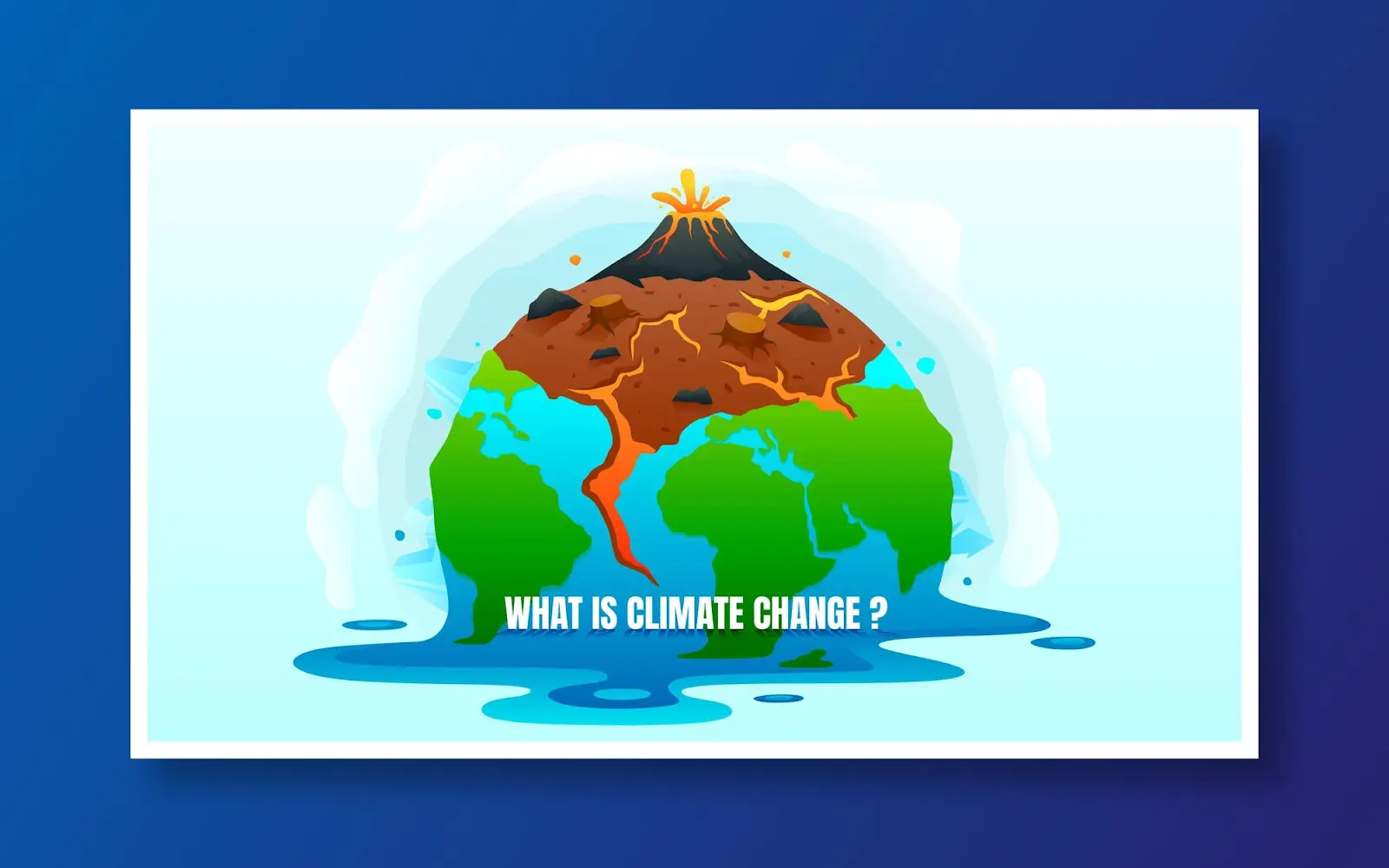Due to its promise to address climate change and lessen reliance on fossil fuels, renewable energy has seen a substantial increase in attention and appeal in recent years. Although it has many advantages, there are also disadvantages related to its application. Here are the benefits and drawbacks of renewable energy in this article.
Renewable energy advantages:
- Environmental Benefits: The favourable effects of renewable energy on the environment are among its most important advantages. Climate change is lessened by renewable energy sources like hydroelectric, solar, and wind because they don’t emit greenhouse gases when in use. Additionally, it improves overall air quality by lowering air pollution and the health concerns that come with it.
- Energy Security and Independence: Diversifying the energy mix and reducing reliance on fossil fuels, which are frequently imported from politically unstable places, are two benefits of renewable energy. Utilising renewable energy sources, nations can increase their energy security and lessen their sensitivity to changes in the price of energy on the world market.
- Economic Growth and Job Creation: The renewable energy industry has the potential to generate a large number of job opportunities. Skilled labour is needed to construct and maintain renewable energy infrastructure, such as wind farms and solar power plants. This can promote economic expansion and provide jobs in both urban and rural areas.
- Accessibility of Resources: In contrast to limited fossil fuel reserves, renewable energy sources are essentially unbounded. While wind energy may be used in many places, solar energy is abundant and accessible worldwide. Utilising the energy of moving water, which is continuously refilled by precipitation, hydropower generates electricity. Without having to worry about them running out, these resources can be used.
- Cost Savings: Over the past ten years, renewable energy technologies have seen a considerable drop in price. Particularly solar and wind energy have dropped in price, making them competitive with conventional energy sources in many areas.
Cons of Renewable Energy:
- Intermittency and Grid Integration: Grid integration is complicated by the intermittent nature of renewable energy sources. The amount of solar and wind energy produced changes during the day and is influenced by the weather. Energy storage systems or backup power sources are required to guarantee a consistent and dependable power supply.
- Requirements for Land and Resources: Renewable energy installations frequently need substantial tracts of land. Significant land resources are required for wind and solar power plants, which can occasionally cause conflicts with other land uses like agriculture or conservation. Furthermore, the manufacture of some renewable technologies, like solar panels, depends on the extraction of raw resources, which can have negative environmental effects and social impacts.
- Visual and acoustic Impact: Some renewable energy facilities, such as wind turbines, may have an effect on the area’s visual and acoustic quality. Even when steps are taken to reduce these effects by careful site selection and design, they may nevertheless face criticism from nearby communities worried about aesthetics or potential disturbances.
- Initial Investment and Financing: Despite lower costs for renewable energy technology, significant upfront costs might still be associated with large-scale projects. These projects’ financing can be difficult, particularly for developing nations with scarce resources.
- Technology Restrictions: Some renewable energy methods continue to experience technology restrictions, despite progress. For instance, to properly store and distribute electricity, energy storage devices require additional improvement. Additionally, some renewable energy sources, including wave and tidal energy, continue to be developed in terms of efficiency and dependability.
Conclusion
The advantages of renewable energy, such as those mentioned above, emphasise this technology’s enormous potential for resolving the world’s energy problems. However, it is impossible to ignore the drawbacks. Renewable energy may play a significant part in establishing a sustainable and clean energy future by tackling these issues through developments in technology, supportive legislation, public involvement, and international cooperation. We must all work together to embrace renewable energy, make the most of its advantages, and actively confront its drawbacks.

































